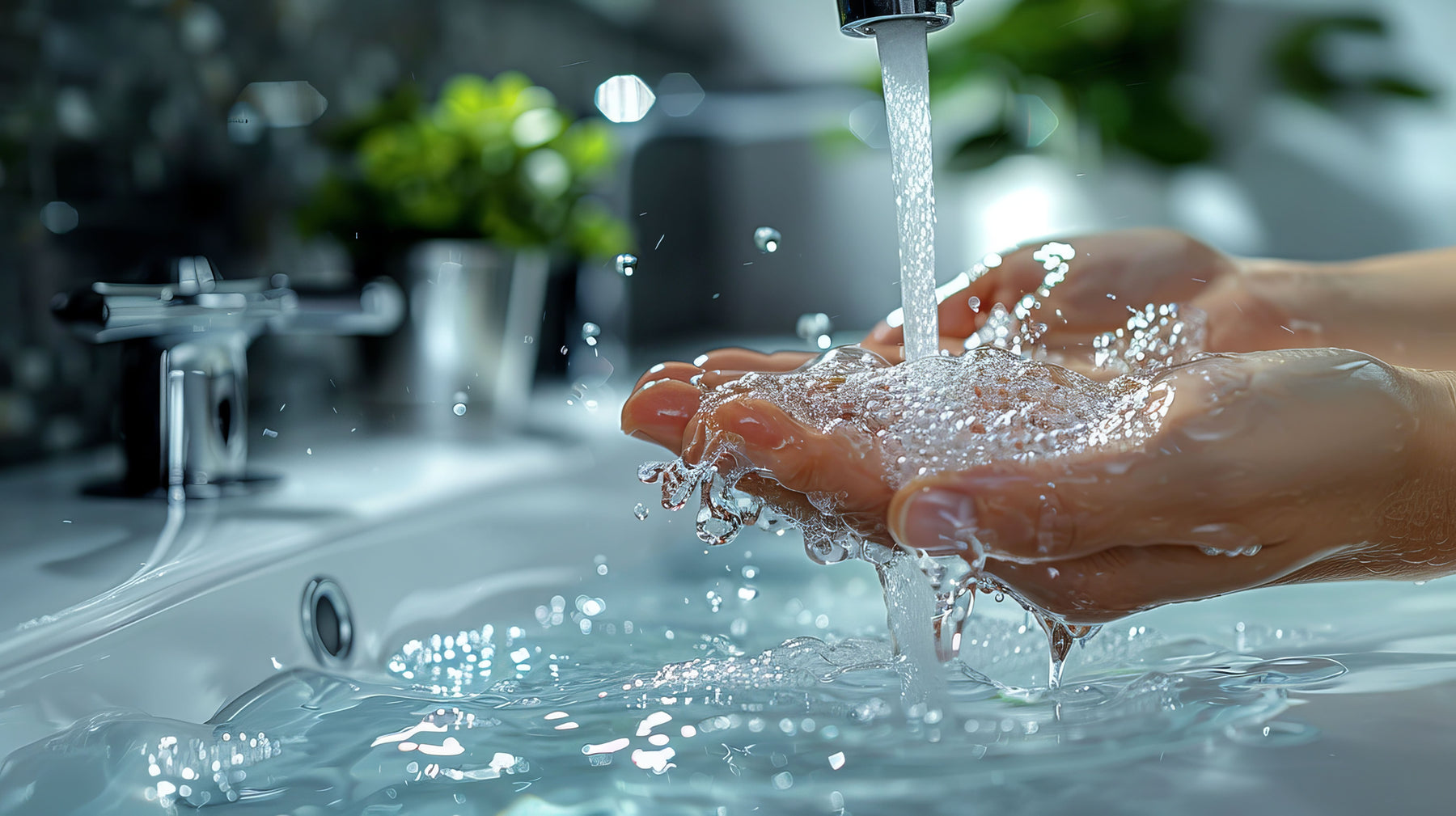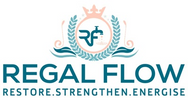
Can You Fit a Water Softener Yourself? A DIY Guide
Installing a Water Softener yourself can save money and improve water quality, but it requires basic plumbing skills. Before starting, consider the full Installation and Setup process, including safety, regulations, and your own ability. A step-by-step guide can help, but if unsure, hiring a professional is the safest option.
Assessing Your DIY Skills and Comfort Level
Are You Handy Enough?
Installing a water softener requires basic plumbing skills like cutting pipes, fitting connectors, and sealing joints to prevent leaks. If you’ve done minor plumbing work before, you might be able to handle this project.
Electrical Considerations
Some water softeners need an electrical connection for automated functions. If yours does, you must safely connect it to a power source and follow all safety precautions.
Time Commitment
A DIY installation typically takes 2-4 hours, depending on experience and preparation. Factor in extra time if troubleshooting is needed.
When to Call a Professional
If you're unsure about your plumbing abilities, have no experience with water treatment systems, or need to follow complex local regulations, it's best to hire a professional.
Preparing for the Installation
Choosing the Right Water Softener
Consider the size of your household and water usage when selecting a softener. Common types include salt-based, salt-free, and dual-tank systems.
Tools and Materials You'll Need
- Pipe cutter or hacksaw
- Adjustable wrench
- Plumber’s tape
- Fittings and connectors
- Drain tubing
- Water softener unit
- Bucket and towels for spills
Finding the Ideal Location
Install near the main water line, ensuring access to a drain and a power source (if required). The area should be dry and easy to maintain.

Step-by-Step Water Softener Installation Guide
Turning Off the Water Supply
Locate the main shut-off valve and turn it clockwise to stop water flow before installation.
Connecting the Inlet and Outlet Valves
Attach the water softener to your plumbing using the included fittings. Ensure a secure and leak-free connection.
Installing the Drain Line
Connect a drain hose to allow brine discharge. Secure it properly and ensure it leads to an appropriate drainage point.
Connecting the Brine Tank
For salt-based systems, connect the brine tank following the manufacturer's instructions. Ensure proper salt and water levels.
Electrical Connections
If your system requires power, plug it into a grounded outlet. Avoid using extension cords.
Testing the System
Turn the water supply back on and check for leaks. Follow the system's setup instructions and run a test cycle.
Troubleshooting Common DIY Installation Issues
Leaks and How to Fix Them
Check fittings for tightness and apply plumber’s tape if necessary. Re-tighten connections carefully.
Low Water Pressure
Ensure pipes are properly connected and not clogged. Check if the bypass valve is open.
Problems with the Brine Tank
If salt isn’t dissolving, check for blockages. Clean the tank and use high-quality salt.
Error Codes and What They Mean
Refer to the manufacturer’s guide for system-specific error codes and solutions.
Cost Comparison: DIY vs. Professional Installation
Breakdown of DIY Costs
- Water softener unit: £300-£1,000
- Tools and materials: £50-£150
- Total estimated cost: £350-£1,150
Average Professional Installation Costs
- Installation service: £200-£500
- Total estimated cost: £500-£1,500
Weighing the Pros and Cons of Each Option
DIY saves money but requires effort and skill. Professional installation ensures proper setup and compliance with UK regulations.
Maintaining Your Water Softener
Regular Maintenance Tasks
- Refill salt levels (for salt-based systems)
- Clean the brine tank periodically
- Inspect for leaks or malfunctions
How Often to Perform Maintenance
Check salt levels monthly and clean the system every 6-12 months for optimal performance.
Extending the Life of Your Water Softener
Use high-quality salt, clean components regularly, and follow the manufacturer’s guidelines to prevent system failure.
Conclusion
Installing a water softener yourself is possible if you have the right skills and tools. A well-executed installation improves water quality and protects appliances from limescale. If you’re unsure, a professional can ensure a hassle-free setup. Choose the best option based on your confidence and experience.
🏡 Whether it’s your first system or a replacement, our team can help you make the right choice for your home. Call 0121 630, info@regalflow.co.uk, or click the green WhatsApp icon.
More Water Softener Articles You’ll Want to Read
Can a Plumber Fit a Water Softener?
Where to Install a Water Softener
Where Is the Best Place to Put a Water Softener?


Leave a comment